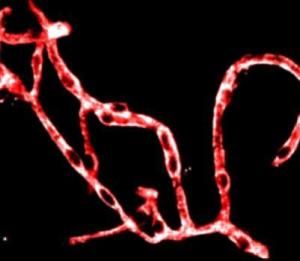
The direction of psychiatry has to be diverted from its current course before the very human condition itself is pathologized and medicated out of existence.
Since 1952, the American Psychiatric Association has published the
Diagnostic and Statistical Manual of Mental Disorders, or the DSM, as a guideline for the classification and diagnoses of mental health issues. The DSM,
according to the APA itself, "is the standard classification of mental disorders used by mental health professionals in the United States and contains a listing of diagnostic criteria for every psychiatric disorder recognized by the U.S. healthcare system."
Earlier this year, the APA published
the DSM-5, the fifth major revision of the manual.
Commonly referred to as the psychiatric diagnostic "bible," the guide has always generated controversy. How are disorders diagnosed? What criteria are used to establish disorders in the first place? Are the categories subjective? Do they reflect cultural biases?
These questions are not unique to the DSM. They have plagued psychiatry since its earliest days. But the DSM, as the base guideline for the use of clinical psychiatrists across
America for the past half century, is the place where these philosophical issues are decided in concrete terms.
Some of the DSM's most strident critics dispute the very name of the guide itself,
pointing out that it is not statistical and that the term "diagnosis" is itself misleading.
This question of terminology is not mere quibbling over semantics. If the label of "medical diagnosis" is extended to the field of psychiatry, even in the absence of any objective or external criteria for producing that diagnosis, then the medical prognosis of prescription
medicine seems justified, perhaps even inevitable. Again, far from an academic debate, the question of when and how to justify pharmaceutical treatment for mental health issues is one with real world implications. Implications that impact the bottom line of
the trillion dollar pharmaceutical industry.



Comment: Yet another example of The Total Failure of Modern Psychiatry. For more information, check out SOTT Talk Radio: Good Science, Bad Science - Psychology and Psychiatry (transcript available).
See also WWII veterans lobotomy story: Tragic but not scandalous?